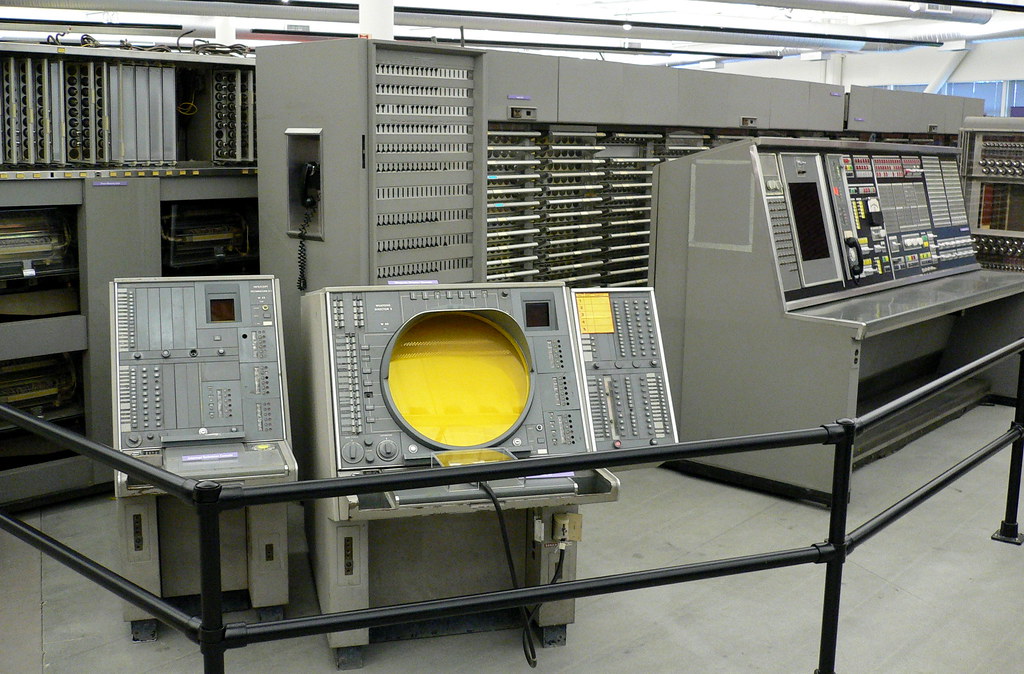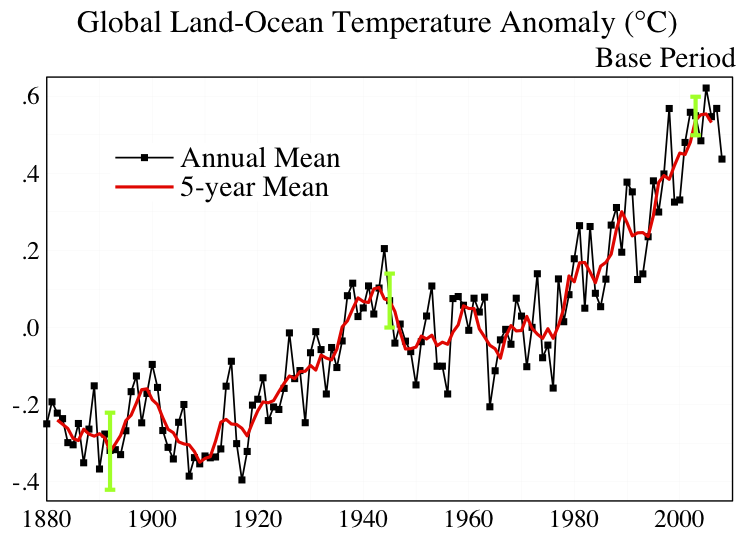
Photo credit trindade.joao
And here is this week’s Green numbers:
-
ISO Study Affirms the Grid Can Reliably Integrate a 20% RPS
Maintaining a diverse fleet of power plants in California and taking advantage of the complementary nature of wind and solar power are two of the findings in a renewables portfolio standard (RPS) integration study recently released by the California Independent System Operator Corporation (ISO).
?This study provides a thorough analysis of the capability of the power grid to effectively manage an oncoming wave of highly intermittent energy resources and confirms the ISO is ready to manage the grid reliably under 20 percent RPS?
The ISO and its study partners, including GE Energy Consulting, gained insights about grid dynamics through the ?Integration of Renewable Resources?Operational Requirements and Generation Fleet Capability at 20% RPS.? The study assumes California will add 2,246 megawatts of solar and 6,686 megawatts of wind resources by 2012.
-
Scotland Will Get 100% Of Its Electricity From Renewable Energy by 2025: First Minister
Northern Ireland just outlined how it hopes to get 40% of its electricity from renewable sources by 2020 and, apparently not to be outdone, First Minister of Scotland Alex Salmond thinks that’s not an ambitious enough target. Speaking to Reuters, Salmond said Scotland should be able to produce 100% its electricity from low-carbon sources by 2025.
-
Never Mind the Atlantic Oil… Offshore Wind Power Can Electrify Half of East Coast
A new report by Oceana outlines, as previous studies have done, just how bountiful the offshore wind power potential of the Atlantic coast of the United States is. While it varies from state to state, a handful of states could generate more electricity than they need, and more could supply a large part of their demand. Overall, offshore wind could generate more power than than the economically recoverable oil and gas reserves in the same locations.
-
Big OIl Spends Half a Billion Dollars to Oppose Climate Legislation
Big oil companies and other special interests have spent millions of dollars in lobbying and campaign contributions to defeat clean energy and global warming legislation, according to a new analysis released Monday by the Center for American Progress Action Fund.
The study ?Dirty Money? found that the top 35 spending companies and trade associations invested more than $500 million in lobbying and campaign contributions from January 2009 to June 2010 to defeat clean energy legislation.
-
Airplanes emissions kill around 8,000 people per annum
Aviation emissions contribute to this health problem, according to a new study that suggests that airplanes flying at a cruise altitude of around 35,000 feet emit pollutants that contribute to about 8,000 deaths per year globally.
-
A fifth of all wild plant species face extinction
They’re not as photogenic as pandas, nor as captivating as tigers: among conservationists, plants have tended to attract rather less attention than animals. That could start to change with the publication this week of the first list of extinction risks for the world’s plants.
The Sampled Red List Index for Plants indicates that 22 per cent of all wild plant species face extinction, comparable to the figure for mammals (21 per cent) and higher than that for birds (12 per cent). Of the threatened plant species, 63 per cent are found in tropical rainforest areas which could soon be cleared.
-
UK businesses call for Green Investment Bank in 2011
A group of businesses including British Airways, BT and The Co-operative as well as NGOs and MPs have issued a statement saying the GIB must be designed with a clear picture of the low carbon economy wants to achieve and over what timeframe.
It said the government must ensure the GIB is sufficiently capitalised by at least ?4bn-6bn over the next four years.
-
Solar Wind could generate 1 billion billion gigawatts of power
Using a massive 8,400-kilometer-wide (5,220-mile-wide) solar sail to harvest the power in solar wind, the team hopes their concept could generate 1 billion billion gigawatts of power, far more power than humanity needs — if they can get that power back to Earth.
-
CRC: Just one day left to register / green regulation news
Time is running out to register for the Carbon Reduction Commitment (CRC) Energy Efficiency scheme.
Businesses have until September 30 to register for the CRC, the mandatory scheme to reduce the carbon emissions and improve the energy efficiency of UK businesses and organisations. -
Ireland to get 4MW geothermal power plant
One of Ireland’s biggest utility companies, GT Energy, has announced plans to build the country’s first geothermal electricity plant.
-
Massive Fisher Price Recall: More Than 10 Million Toys
More than 10 million children’s toys have been recalled by the U.S. Consumer Product Safety Commission, in cooperation with the toys’ manufacturer Fisher Price, the CPSC announced today.
-
There will be blood ? watch exclusive of 10:10 campaign’s ‘No Pressure’ film
The 10:10 climate change campaign have given us the scoop on this highly explosive short film, written by Britain’s top comedy screenwriter Richard Curtis, ahead of its general release.
It’s most definitely striking and if you haven’t watched it yet ? taking into account the warning that it contains scenes some people may find disturbing ? do so now, before I give too much away.
Posted from Diigo. The rest of my favorite links are here.


